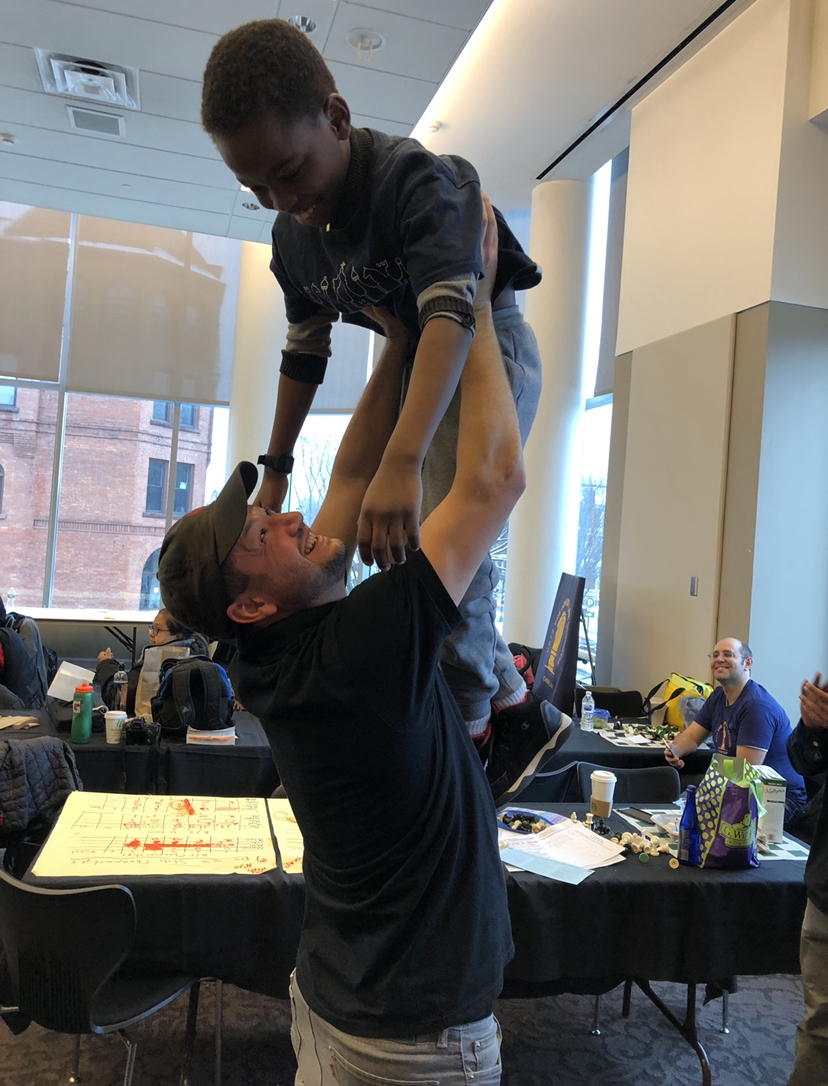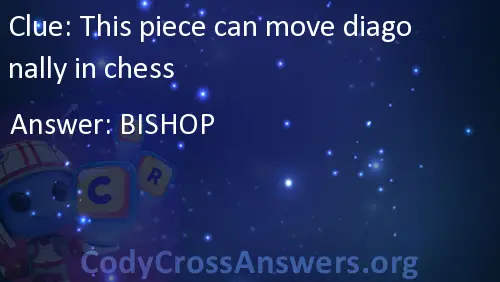

They can estimate the age of the layers by looking at the iron-bearing minerals they contain which reflect the state of the earth’s magnetic polarity at the time they were preserved.Īt Ought, we’ve been thinking about scientific literature review as a task where we expect to arrive at correct answers only when it’s based on a good process. Archeologists expect their conclusions about the age of the first stone tools to be more or less correct because they can reason about the age of the sediment layer the tools are in.Programmers expect their algorithms to implement the intended behavior because they reason about what each function and line does and how they go together to bring about the behavior they want.Engineers and astronomers expect the James Webb Space Telescope to work because its deployment follows a well-understood plan, and it is built out of well-understood modules.We trust the result because of this reasoning, not because we’ve observed final results for very similar tasks:
Next chess move suggester how to#
If you’re not optimizing based on how well something works empirically (outcomes), then the main way you can judge it is by looking at whether it’s structurally the right thing to do (process).įor many tasks, we understand what pieces of work we need to do and how to combine them. It’s just a few functions that, if chained together, are useful for predicting reward-maximizing actions. However, because the networks are optimized end-to-end to jointly maximize expected rewards and to be internally consistent, they need not capture interpretable dynamics or state. Superficially, this looks like an architecture with independently meaningful components, including a “world model” (dynamics network).

Local components are optimized based on an overall feedback signal: Supervision of outcomes is what most people think about when they think about machine learning. In a follow-up post, we’ll explain why we’re building Elicit, the AI research assistant. We only describe our background worldview here. To the extent that there are new ideas, credit primarily goes to Paul Christiano and Jon Uesato. We’re reframing the well-known outer alignment difficulties for traditional deep learning architectures and contrasting them with compositional approaches.



 0 kommentar(er)
0 kommentar(er)
